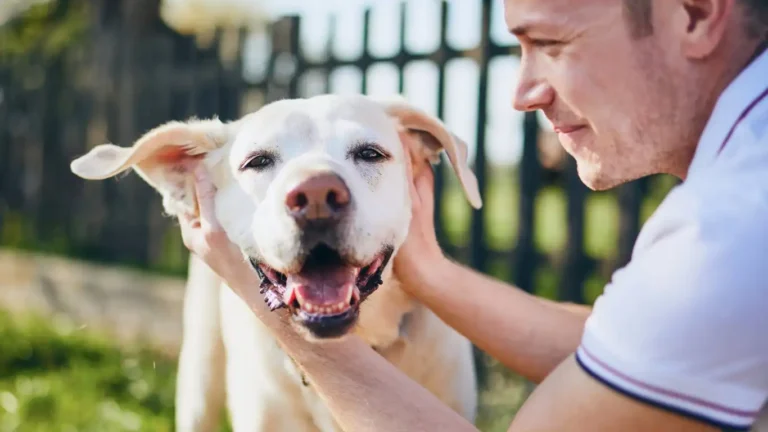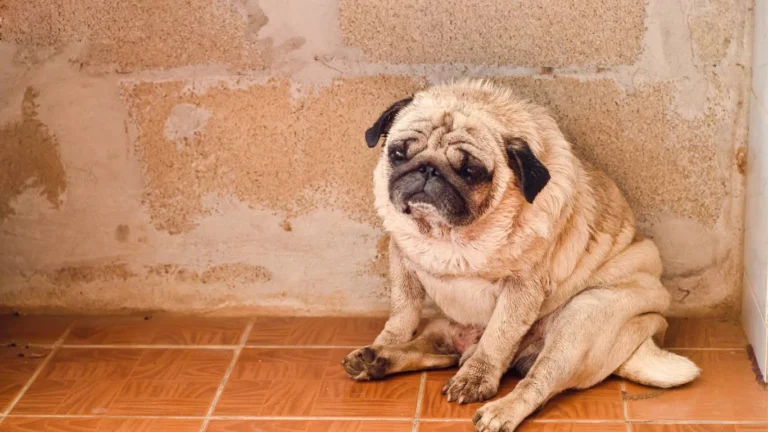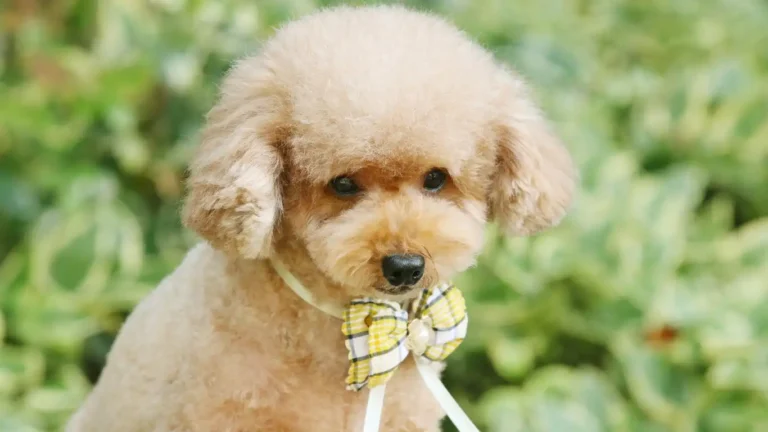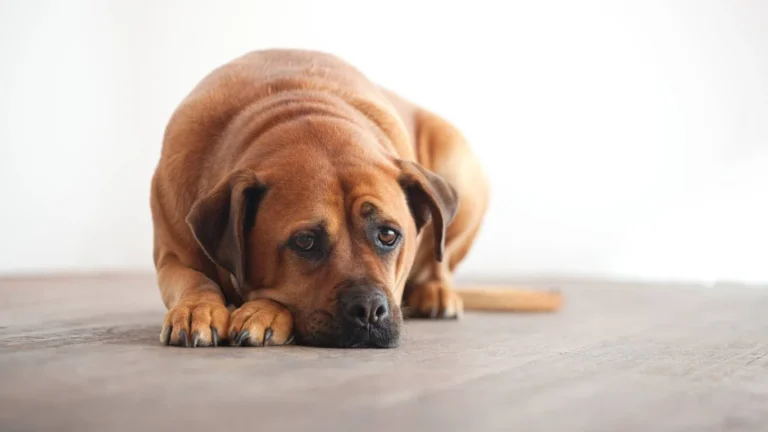Powerful Tips for How to Care for a Dog with a Dislocated Hip
When it comes to figuring out how to care for a dog with a dislocated hip, I’ve seen firsthand how scary and overwhelming it can feel. During my years as a veterinary assistant with a special focus on pet nutrition, I’ve worked with countless pups suffering from orthopedic injuries—and let me tell you, a dislocated hip is no walk in the park for either the dog or their human. From that unmistakable yelp of pain to the sudden limp and loss of mobility, it’s something that needs gentle, informed handling. So, if your dog is going through this or you’re just prepping in case it ever happens, I’m here to walk you through it step by step.
Recognizing the Signs of a Dislocated Hip in Dogs
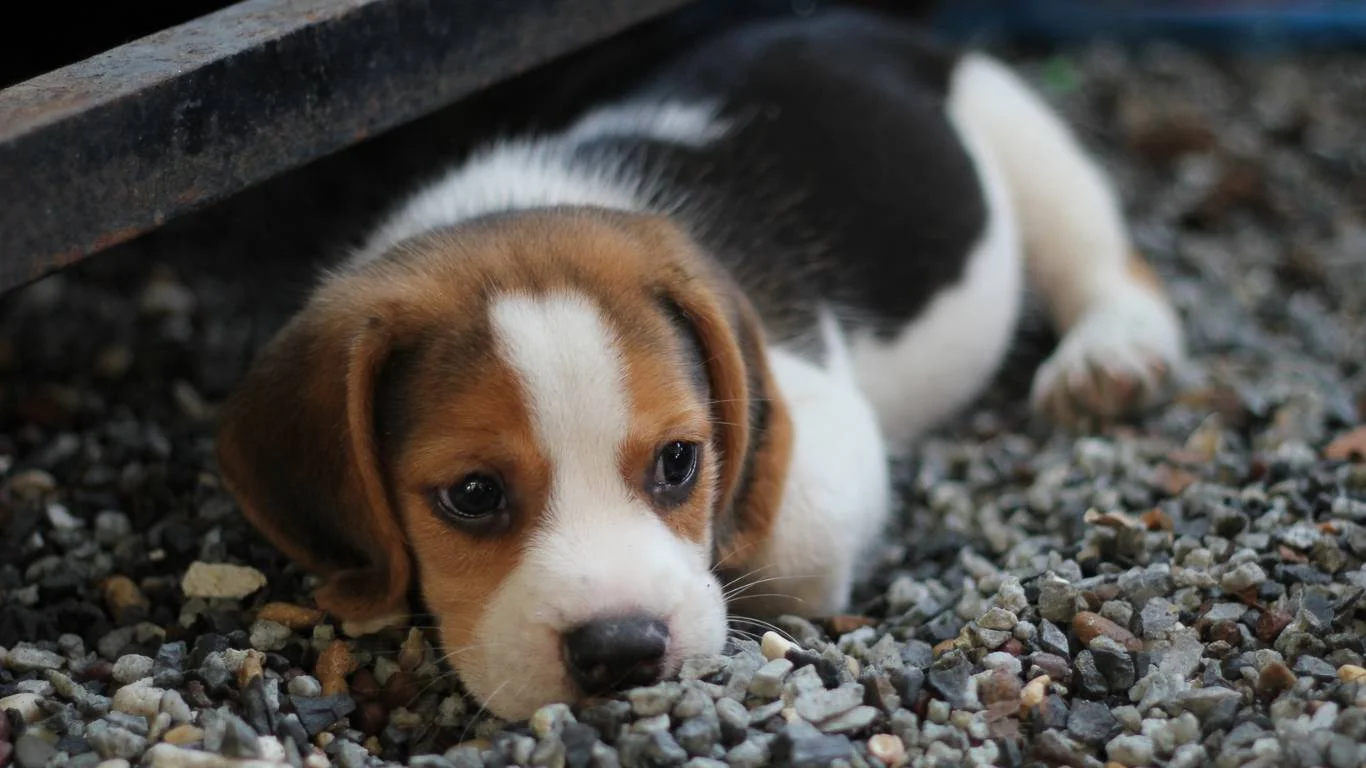
Before we dive into care tips, let’s talk about the signs. Not every dog will cry out dramatically when they dislocate their hip. Some are tougher than others and will just act… off. In the clinic, I’ve seen dogs with dislocated hips try to walk it off—literally. It’s important to pay attention to the subtle cues:
- Sudden limping or refusal to bear weight on one leg
- The leg on the affected side appears shorter or rotated inward or outward
- Yelping or whining when the hip is touched
- Noticeable change in gait or inability to walk
- Visible swelling or deformity around the hip area
Trust your gut here. If something seems off and your dog’s in pain, don’t wait. Get them checked out by a vet ASAP. A quick x-ray can confirm whether it’s a dislocation or something else like a fracture.
Immediate Steps After a Suspected Hip Dislocation
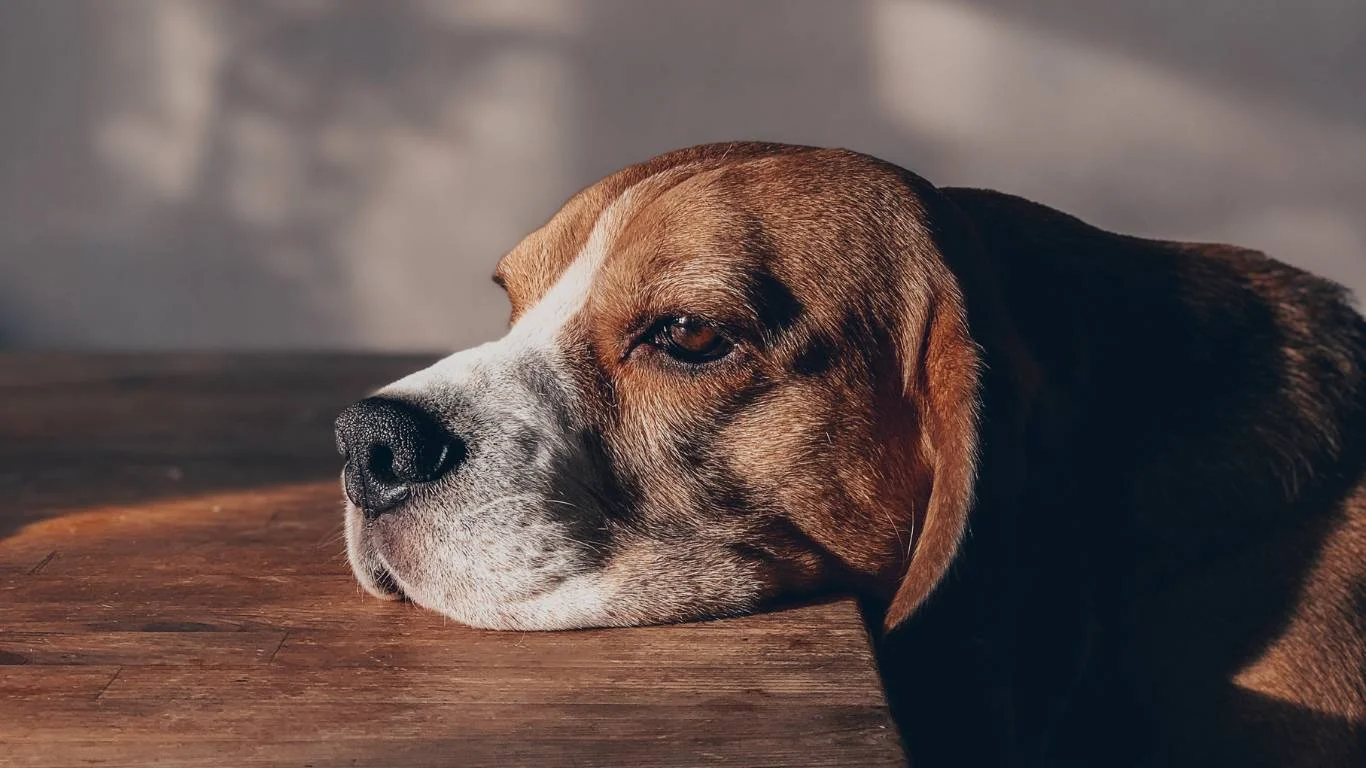
1. Stay Calm and Keep Your Dog Still
Yeah, easier said than done, right? But seriously, your dog picks up on your stress. I’ve watched owners panic and try to move their dogs around too much, which usually just makes things worse. If you think your pup’s hip is dislocated, minimize their movement immediately. Lay them down on a comfy surface and keep them calm.
2. Don’t Try to Fix It Yourself
This isn’t like popping a shoulder back in during a sports game. Dog hips are complex, and trying to force anything can cause serious nerve or vascular damage. I can’t tell you how many times I’ve had to gently remind pet parents: Leave the adjusting to the professionals.
3. Call Your Vet or Emergency Clinic
If it’s after hours, find your nearest emergency vet. A dislocated hip isn’t necessarily life-threatening, but it is extremely painful and needs professional care right away. Transport your dog safely—use a blanket or stretcher if needed to avoid putting weight on the injured leg.
Veterinary Treatment Options for Hip Dislocations

Once you’re at the vet, they’ll likely sedate your dog for an exam and x-rays. There are a couple of treatment paths depending on the severity of the dislocation, the age and size of your dog, and whether it’s their first time or a recurring issue:
- Closed Reduction: This is the non-surgical route, where the vet manually pops the hip back into place under sedation. It works best when done quickly after the injury and if there’s no damage to the ligaments.
- Open Reduction Surgery: If closed reduction fails or the dislocation keeps happening, surgery might be needed. This could involve repairing the ligaments, placing pins, or in more extreme cases, removing the ball of the joint entirely (a procedure called an FHO).
In my experience, younger, healthy dogs bounce back faster—especially when post-op care and nutrition are on point (more on that later). Older dogs may need more support, including mobility aids and long-term pain management strategies.
Bringing Your Dog Home After Treatment

Once your pup is back home after the vet visit, that’s when your job really begins. As someone who’s helped dozens of pet parents through this phase, I can tell you—it’s a combo of TLC, patience, and knowing what to expect. After a hip dislocation, your dog’s recovery isn’t instant. It takes time, structure, and lots of rest. If your dog had a closed reduction, you’ll need to keep a super close eye out for signs the hip might’ve slipped out again. And if they had surgery, you’re managing sutures, pain meds, and controlled movement for a few weeks or more.
1. Create a Safe Recovery Space
One thing I always recommend: set up a comfy, quiet recovery zone. No slippery floors, no stairs, and ideally, no other rowdy pets jumping around. I’ve seen too many good recoveries get set back because of a playful sibling dog or a too-soon zoomie session. Use baby gates, crates, or playpens to keep their movement limited—but not stressful.
2. Follow the Vet’s Instructions Like Gospel
This sounds obvious, but I can’t tell you how many times folks deviate from discharge instructions because their dog “seems fine.” Trust me, just because your pup is wagging their tail doesn’t mean their hip is ready for action. Stick to the restricted movement schedule, pain meds, and any rehab exercises your vet recommends. Healing takes more time than we think.
Nutrition’s Role in Hip Recovery
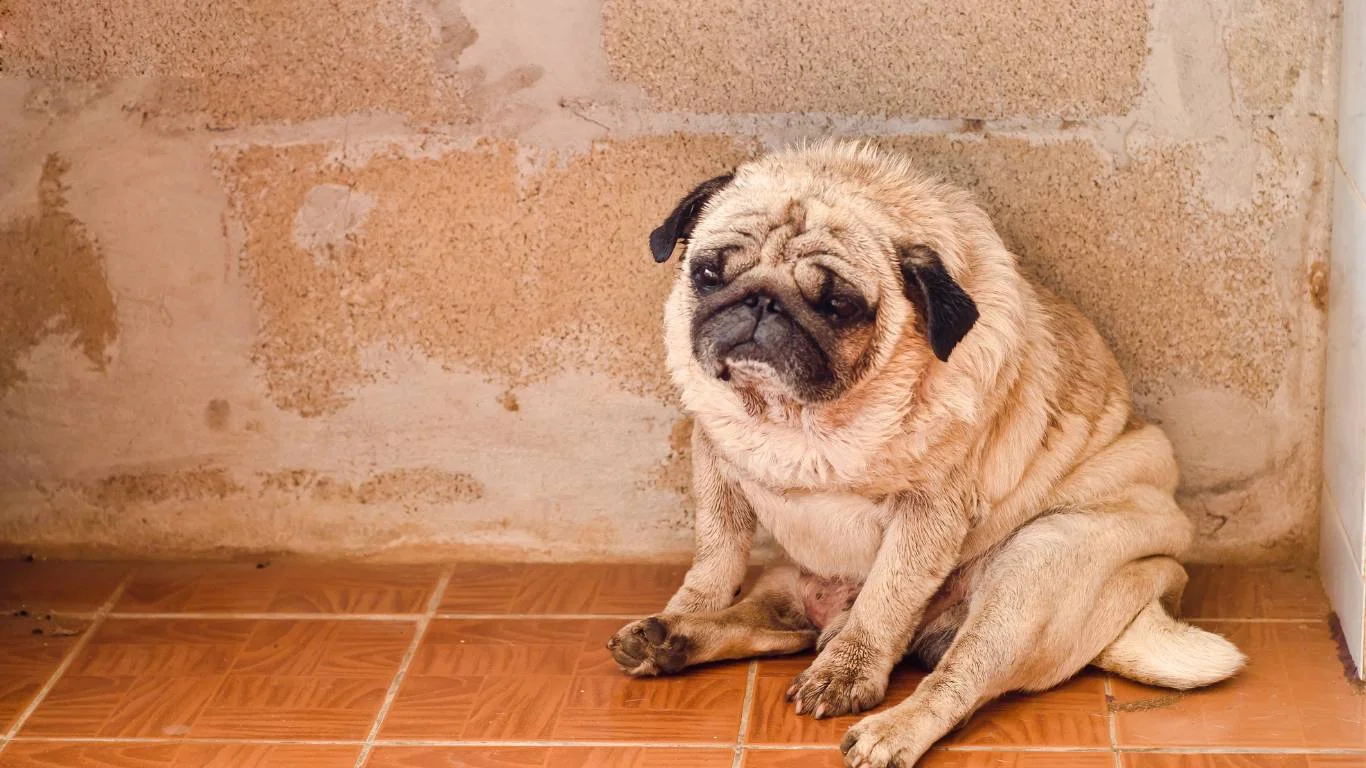
Here’s where my nutrition focus really comes into play. One of the most overlooked aspects of how to care for a dog with a dislocated hip is what you’re feeding them during recovery. Your dog’s body needs extra support to heal—especially when inflammation, muscle repair, and joint health are all on the line.
Foods That Help Healing
- High-quality protein – Think lean meats, eggs, or vet-recommended high-protein kibble. Muscle recovery starts here.
- Omega-3 fatty acids – These anti-inflammatory powerhouses are found in fish oil or salmon-based diets and can help reduce post-op swelling.
- Joint-support supplements – Glucosamine, chondroitin, MSM, and green-lipped mussel are all worth asking your vet about.
- Bone broth – This is a gentle, nutritious option packed with collagen and hydration. Great for picky eaters recovering from sedation or surgery.
One golden rule I share with every client: avoid unnecessary weight gain during recovery. Your dog’s activity is limited, so overfeeding (even out of love) can put more strain on their healing joint. Portion control is key!
Rehabilitation and Mobility Support

As your dog starts showing signs of improvement, it’s tempting to let them go back to normal life. But take it from me—slow and steady wins the race here. I’ve worked with rehab vets who can work miracles with a consistent therapy plan. If your budget allows, I highly recommend setting up at least one appointment with a certified canine rehab specialist. They can show you exercises to strengthen the muscles around the hip and prevent future injuries.
At-Home Rehab Ideas (With Vet Approval!)
- Passive range of motion exercises – Gently moving your dog’s leg through a natural range of motion can prevent stiffness. Only do this if your vet gives the green light.
- Hydrotherapy – Swimming or underwater treadmill therapy is amazing for low-impact strength building. Ask if there’s a facility near you.
- Short leash walks – Once cleared by your vet, start with very short, slow walks. Gradually increase distance and duration over time.
I had one senior lab mix named Bailey come through our clinic with a nasty hip dislocation. After surgery, her owner was diligent with hydrotherapy and proper supplements. Within a few months, she was walking better than she had before the injury—plus she lost a few pounds, which helped lighten the load on her joints. It was a total win.
Mobility Aids to Consider
If your dog’s struggling with movement during recovery, or if they’re a senior, you might want to explore support gear:
- Rear-end harnesses – These let you help your dog stand or climb stairs without straining the hip.
- Orthopedic beds – A supportive bed can make a world of difference in their comfort.
- Non-slip rugs or socks – Prevent slipping, especially on hardwood or tile floors.
All of this may seem like a lot—and it kind of is. But you’re not alone in it. With the right care, knowledge, and a little help from your vet team, your dog can get through this and come out even stronger. The key is staying consistent, being patient, and showing them a whole lot of love along the way.
Long-Term Care and Monitoring After a Hip Dislocation
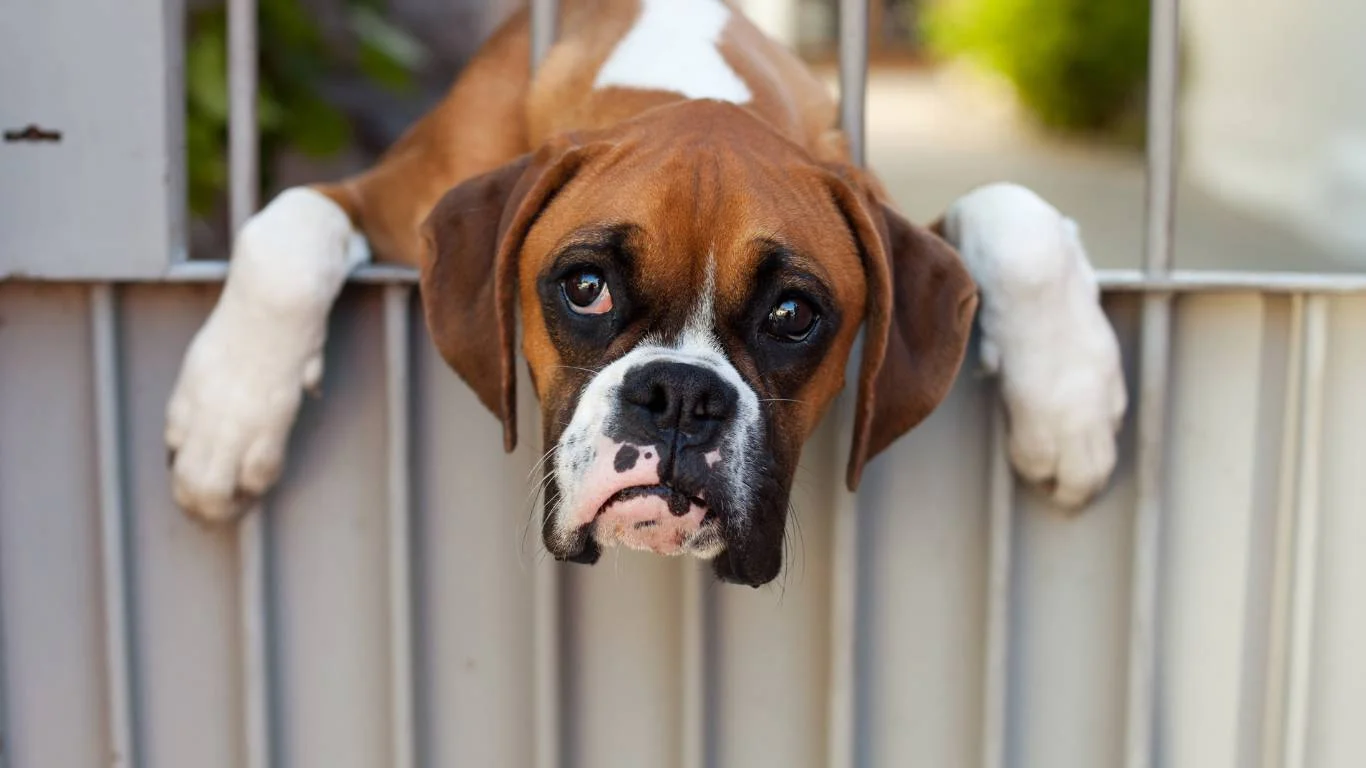
So your dog’s made it through the toughest part of their hip recovery—awesome! But as someone who’s seen plenty of dogs come back for rechecks or repeat injuries, let me be honest: the journey doesn’t just end after the stitches are out or the limp fades. Long-term care is a huge part of how to care for a dog with a dislocated hip. You’ve gotta stay proactive to protect that joint and keep your pup moving comfortably for the long haul.
1. Keep an Eye on Their Movement
Even after recovery, subtle changes in your dog’s gait or posture can signal trouble. Maybe they start favoring one side again. Maybe walks become slower or stiffer. I always tell clients to trust their instincts—if something feels off, bring it up with your vet. Don’t wait until it becomes a full-blown issue.
2. Regular Vet Checkups Matter
Routine follow-ups with your vet or orthopedic specialist are key. X-rays or physical exams can help spot early signs of arthritis, implant issues (if your dog had surgery), or signs the joint is weakening again. Prevention is way easier (and cheaper) than emergency care down the line.
3. Weight Management is Everything
If there’s one thing I wish more people realized, it’s how much extra weight affects joints. Even just a few extra pounds can increase stress on a recovering hip. Work with your vet to keep your dog at an ideal weight. It really does make a difference.
Keeping Your Dog Active Without Overdoing It
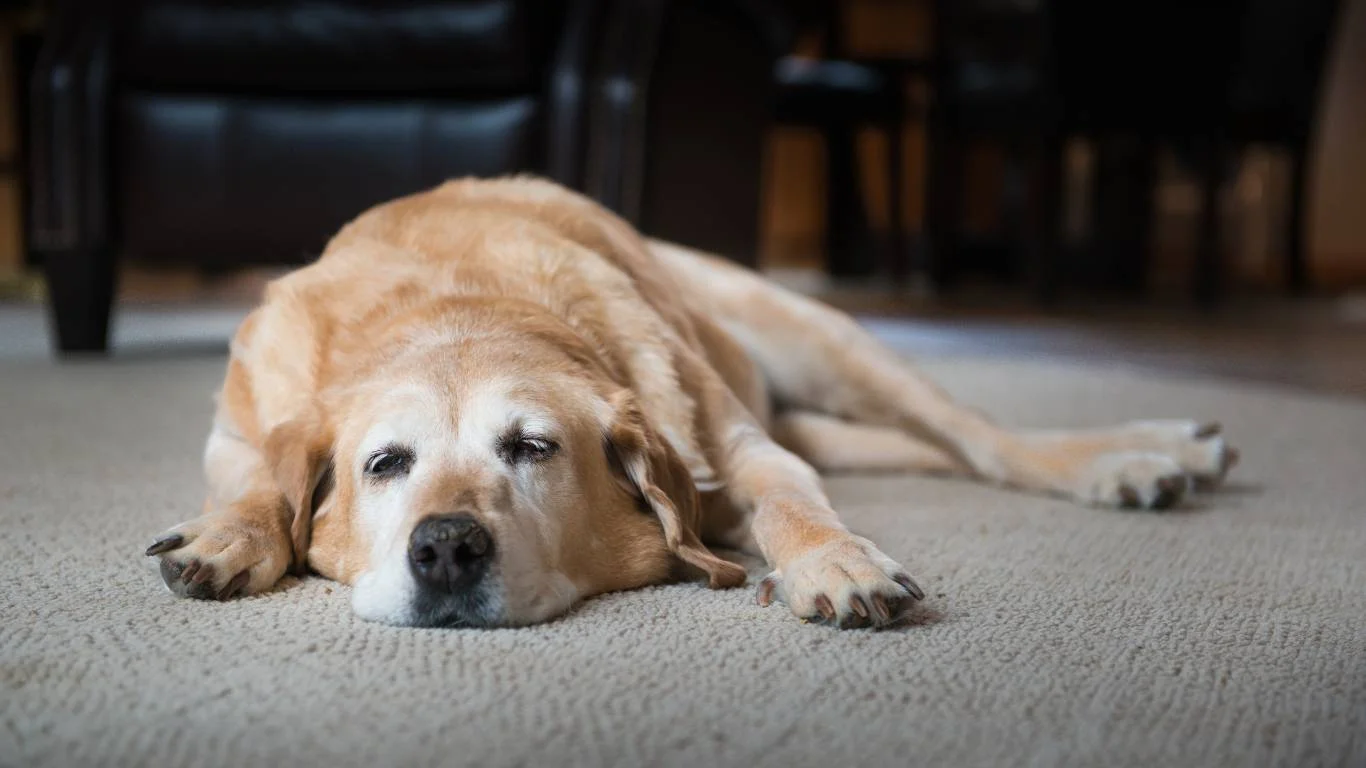
Once your pup is cleared for more activity, it’s all about striking that sweet spot—keeping them moving enough to maintain strength, but not so much that you risk reinjury. A lot of pet parents think “active” means chasing balls for an hour or running wild at the dog park. But after a hip injury, smart, structured activity is the name of the game.
Ideal Activities for Hip Health
- Leashed nature walks – Uneven terrain can help build strength, but only in moderation.
- Swimming – Still one of the best low-impact exercises for joint health.
- Short, frequent play sessions – Skip the long marathons and aim for 5–10 minute bursts instead.
One of my senior clients, a Golden Retriever named Tilly, couldn’t chase balls anymore after her hip surgery. Her owner started hiding treats around the house instead, turning it into a nose-work game that kept Tilly moving and mentally stimulated without stressing her body. Genius, right?
Things to Avoid Long-Term
- High-impact jumping (like off the bed or into the car)
- Rough play with bigger or younger dogs
- Hardwood floors without grip
You can use ramps for cars or furniture, add rugs to slippery areas, and keep nails trimmed to help reduce slips and falls. These small adjustments go a long way.
Emotional and Mental Health During Recovery
Physical healing gets all the attention—but don’t forget your pup’s emotional well-being. When dogs are confined or in pain, they can get anxious, frustrated, or even depressed. I’ve seen it in the clinic more times than I can count. And honestly, it breaks my heart.
Tips for Keeping Their Spirits Up
- Interactive toys – Stuffed KONGs, snuffle mats, or puzzle feeders can offer great distraction.
- Gentle training games – Try low-movement obedience like “touch,” “look,” or “wait” to keep their brain engaged.
- Calm cuddle time – Sometimes just sitting with them, brushing their coat, or chatting softly can help more than you’d think.
Think of recovery as not just a physical journey, but an emotional one too—for both of you.
Final Thoughts on How to Care for a Dog with a Dislocated Hip
Bringing a dog back from a dislocated hip injury is a journey. It’s a mix of vet care, nutrition, physical therapy, lifestyle changes, and love. And if you’re reading this, you’re clearly committed to giving your dog the best shot at a strong, happy recovery. That alone puts you way ahead of the game.
I’ve helped dogs recover who were written off as “too old” or “too far gone”—but with patience and the right plan, they came back wagging. Your dog can too. Just take it one step at a time, lean on your vet team, and don’t underestimate the power of your bond with your pup. That’s the real healing magic.
References
- American Veterinary Medical Association
- American College of Veterinary Surgeons
- PetMD
- American Kennel Club
Disclaimer
This article is for informational purposes only and is not a substitute for professional veterinary advice, diagnosis, or treatment. Always consult your veterinarian for guidance tailored to your specific dog’s needs.
